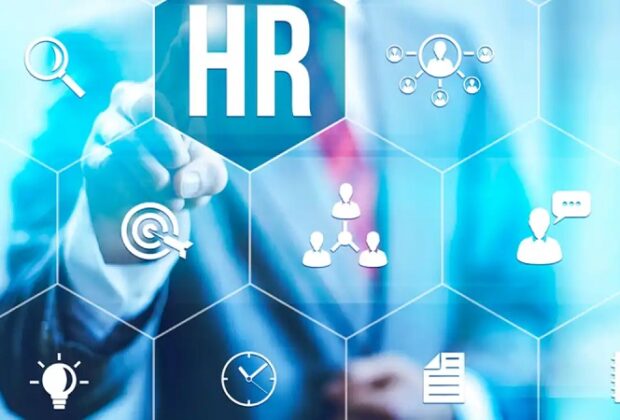Organizing your HRMS payroll can feel like a monumental undertaking. Payroll is one of the most important aspects of your business, but when everything is running smoothly, nobody gives it a second thought. However, if there is a problem with an employee’s paycheck, this indicates a significant issue that must be resolved immediately.
Payroll is a function that is commonly included with HRMS payroll software these days. In light of the statistical evidence, it makes perfect logic. The vast majority of HRMS systems include time and attendance tracking, workforce scheduling, and absence management; these are the precise types of data required for payroll calculation.
What does HRMS payroll mean exactly?
At its most fundamental level, the payroll function of a human resource management system will compute and pay salaries, deduct and withhold the applicable taxes and other deductions, and manage the printing and delivery of wages. In contrast, a number of HRMS software vendors implement additional features.
Regardless of whether you are presented with the option of selecting an HRMS that includes payroll, a discrete solution, or payroll that is integrated into an ERP system, there are a number of factors – as well as pros and cons – that you should consider.
HRMS payroll advantages
Then, what are the advantages of using an HR management system for payroll?
- Payroll errors are reduced when all data is stored in the same system and when personnel information (names, numbers, bank accounts, etc.) is kept current by the employees themselves. This includes the possibility of being overpaid or underpaid. Paying individuals correctly is one of the most fundamental yet crucial aspects of payroll.
- If all HR-related systems are accessible from a single location, the user experience will be streamlined and enhanced. Whether it’s an employee checking their paycheck or a CFO preparing for a board meeting, you want something straightforward and easy to understand (and, ideally, something that is consistent with the usability of your other business systems).
- The payroll records you maintain contain a great deal of confidential personal information, such as social security numbers, bank account information, and salary figures. When all of these types of data are stored in the same secure location, the likelihood of a security incident or data loss is greatly reduced.
- Integrating an HRMS payroll system results in fewer errors, which translates to more precise data. As a direct consequence, staff members will spend less time correcting errors of this nature.
- The administration of timesheets and time and attendance using the same system typically results in a greater emphasis on recordkeeping, which reduces the risk of time theft and other forms of fraud. This decreases the likelihood of “deliberate errors.”
- The price displayed on the system’s label is only one component of the total cost of ownership. The total cost of ownership also encompasses a variety of additional expenses, some of which are less obvious. It stands to reason that investing in a single platform that handles all of your HR requirements will be more cost-effective than purchasing multiple platforms and then attempting to integrate them.
Conformity:
This is an essential benefit shared by all types of automated business systems is the enhancement of compliance with applicable laws and regulations. Having the appropriate payroll module for your HRMS, on the other hand, will enable you to remain on the right side of official scrutiny regardless of the evolution of applicable labor laws.







